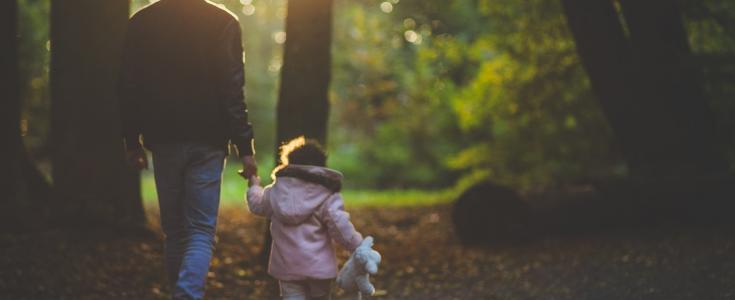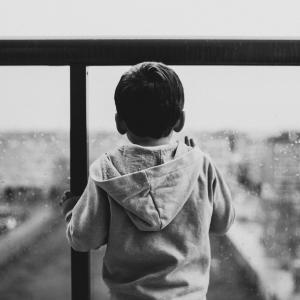Children Can Experience The Same Anxiety Disorders As Adults
While anxiety disorders in children are often overlooked, they are actually the most common childhood psychiatric problem. Children can suffer from the same anxiety disorders as adults and additionally may suffer from two anxiety disorders unique to childhood: separation anxiety disorder and selective mutism.
Childhood Anxiety Symptoms
Generalized Anxiety Disorder (GAD) is characterized by excessive worry about a variety of everyday things, like schoolwork, friendships, family relationships, sports, and others. Symptoms may include restlessness, fatigue, trouble concentrating, irritability, trouble sleeping, and physical complaints such as muscle pain, headaches, and stomachaches.
Obsessive-Compulsive Disorder is characterized by unwanted thoughts and the compulsion to repeatedly perform rituals to ease anxiety. It can develop as young as age two, but most children with OCD are diagnosed closer to age 10. Some common obsessions are irrational worry about dirt or germs and excessive concern with order or symmetry. Common compulsions include excessive cleaning or handwashing, constant touching or rearranging, and repeating phrases or simple activities over and over.
Separation Anxiety Disorder While most young children experience some separation anxiety, particularly between the ages of 18 months and 3 years, older children who are very anxious about being separated from their primary caregivers may be suffering from a separation anxiety disorder. Common symptoms include excessive anxiety away from home, extreme homesickness, worry about bad things happening while apart from their parents, refusal to go to school, sleepovers or camp, and wanting someone to stay with them during the night.
Panic Disorder is characterized by panic or anxiety attacks. As with adults, panic attacks in children present with symptoms like intense fearfulness, racing heartbeat, difficulty breathing, trembling, and a fear of dying, losing control, or going crazy.
Post-traumatic Stress Disorder (PTSD) occurs as a result of a traumatic event. Symptoms of PTSD in children include intense fear, irritability, emotional numbness, and avoidance of people/places/activities.
Social Anxiety Disorder is characterized by an extreme fear of social situations and activities. For children, these situations may include being called on in class, talking with a peer, or performing in some way (such as a recital or academic or athletic competition). Symptoms include clinging behavior, tantrums, and even refusing to speak in social situations.
Selective Mutism is an anxiety disorder unique to children and is usually diagnosed between ages 4 and 8. It is characterized by a refusal or inability to speak in certain situations, sometimes anywhere outside the home. Children with selective mutism are often talkative at home and places where they feel comfortable, but will stand motionless, physically withdraw, avoid eye contact, and refuse to speak in other situations, like at school.
Phobias are an extreme and irrational fear of something specific--an object or situation. Common childhood phobias include the dark, animals, heights, storms, doctors or medical procedures, water, and blood. Children with a phobia will avoid the object or situation, often throwing tantrums, crying, clinging, and complaining of headaches and stomachaches when forced to face their phobia.
Photo: Pexels








